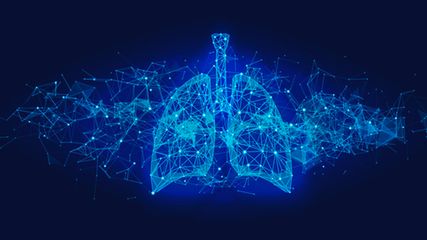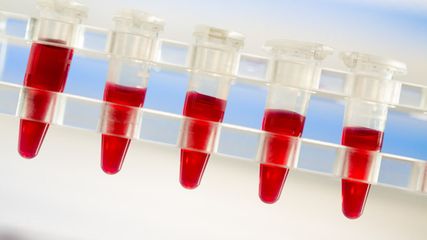
©
Getty Images/iStockphoto
Iron: a double-edged sword in inflammation
Jatros Digital
30
Min. Lesezeit
15.06.2018
Weiterempfehlen
<p class="article-intro">A study presented at the EHA Annual Congress investigates wether iron accumulation causes inflammation through macrophage activation in pathologic conditions like transfusion-dependent anemia, sickle cell disease and anemia treated with intravenous iron preparations.</p>
<hr />
<p class="article-content"><p>Iron is a vital element required for several biologic functions, first of all oxygen delivery to tissues, which occurs through heme within red blood cells (RBC). Iron also plays key roles in inflammation and infections: on the one hand, iron is needed for a proper function of the immune system but, on the other, too much iron promotes the growth of microorganisms.</p> <p>Macrophages are crucial cells of the innate immune system that have two important functions: 1) to remove old RBCs from blood and store heme-derived iron; 2) to kill pathogens. Therefore macrophages are essential both for iron metabolism and protection from infections.</p> <p>Several pathologic conditions are associated with excessive iron accumulation in macrophages, including transfusion-dependent anemia, where transfused RBCs are removed by macrophages, sickle cell disease, and anemia treated with intravenous iron preparations, where free heme and iron are accumulated in macrophages, respectively.</p> <p>The focus of the presented study was to investigate whether iron accumulation in these three different pathologic conditions causes macrophage inflammation and the production of inflammatory molecules and to analyze the consequences. The results show that transfusions suppress inflammation. This effect may predispose transfused patients to severe infections, eventually leading to organ failure. On the contrary, free heme and iron have an inflammatory action on macrophages, which is worsened during infections. This effect causes chronic inflammation and tissue damage in sickle patients and patients treated with iron.</p> <p>The authors conclude that different forms of iron accumulation in macrophages (RBCs versus free heme and iron) in different diseases, show opposite effects on inflammation. The data suggest that molecules able to bind iron have therapeutic benefit on these diseases, through the modulation of these processes.</p> <p><strong>Reference:</strong> <br /> <em>Vinchi F et al.: Chronic red blood cell transfusions impair the innate immune response to infectious cues by shaping macrophages towards an anti-inflammatory functional phenotype. EHA Annual Congress, abstract # S152</em></p></p>
Das könnte Sie auch interessieren:
Erhaltungstherapie mit Atezolizumab nach adjuvanter Chemotherapie
Die zusätzliche adjuvante Gabe von Atezolizumab nach kompletter Resektion und adjuvanter Chemotherapie führte in der IMpower010-Studie zu einem signifikant verlängerten krankheitsfreien ...
Highlights zu Lymphomen
Assoc.Prof. Dr. Thomas Melchardt, PhD zu diesjährigen Highlights des ASCO und EHA im Bereich der Lymphome, darunter die Ergebnisse der Studien SHINE und ECHELON-1
Aktualisierte Ergebnisse für Blinatumomab bei neu diagnostizierten Patienten
Die Ergebnisse der D-ALBA-Studie bestätigen die Chemotherapie-freie Induktions- und Konsolidierungsstrategie bei erwachsenen Patienten mit Ph+ ALL. Mit einer 3-jährigen ...


